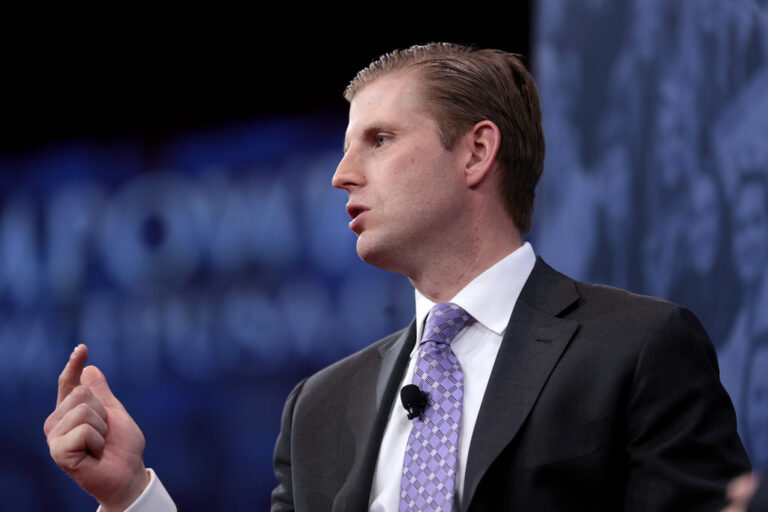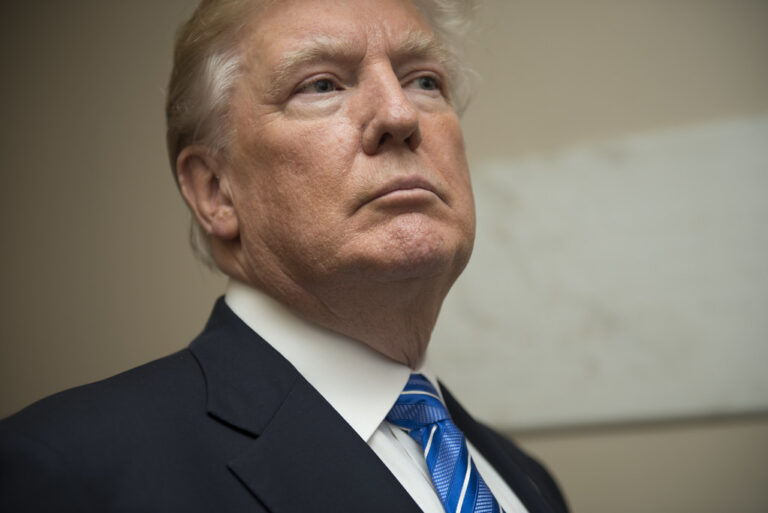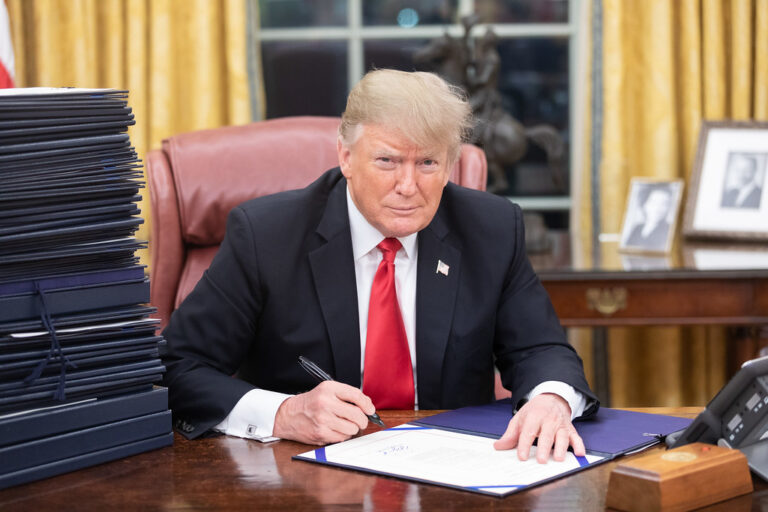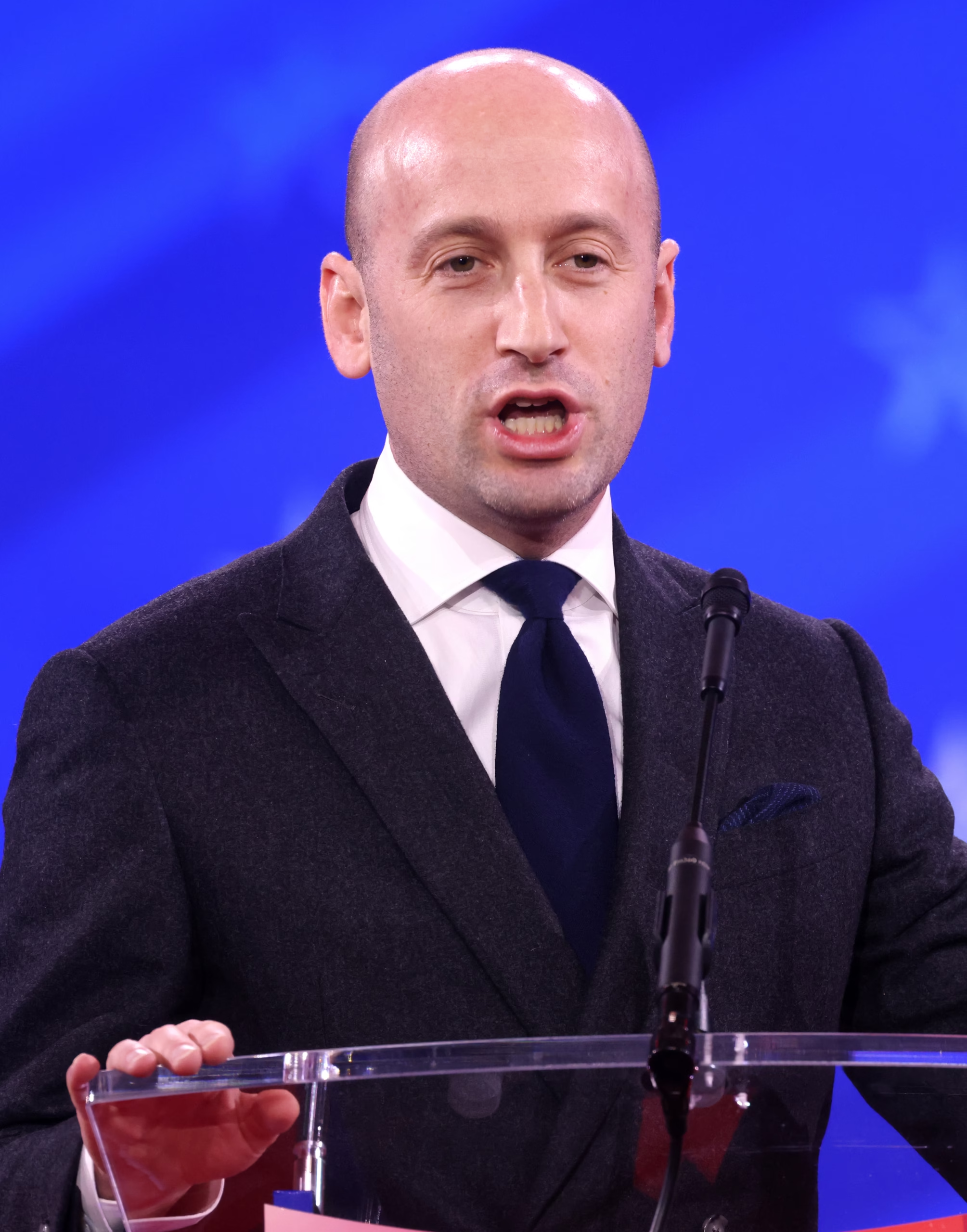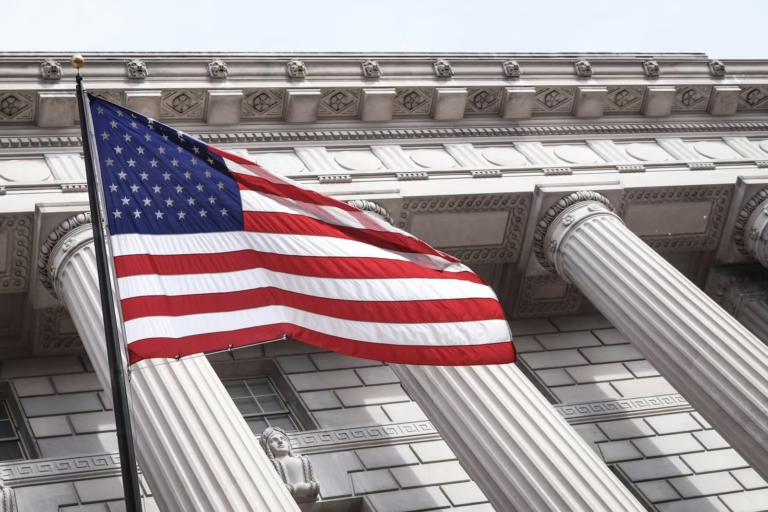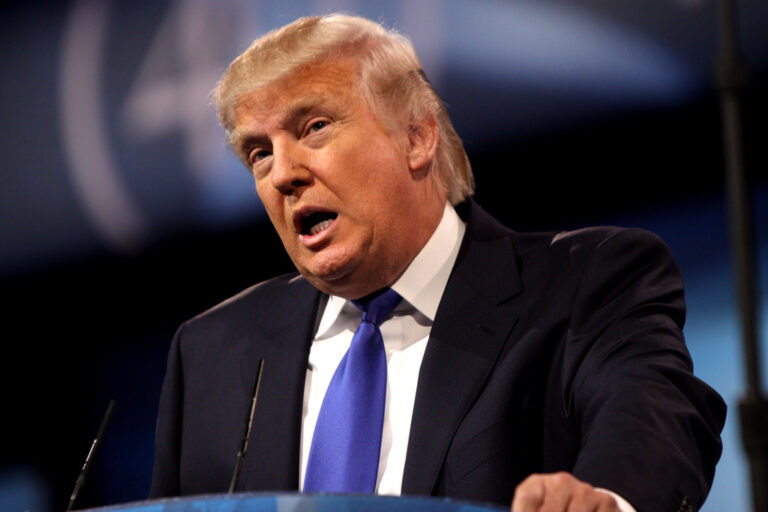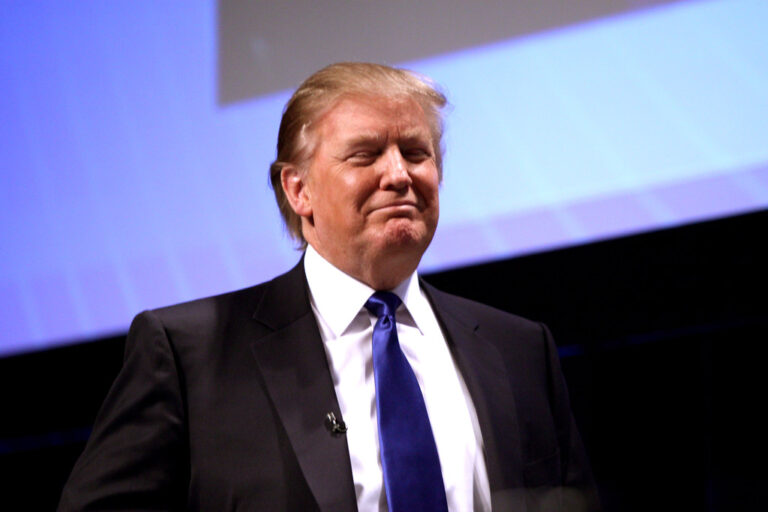Key takeaways
• Eric Trump said his father’s rise was driven by divine guidance.
• Over 330 former national security experts warned this speech hints at authoritarianism.
• Critics argue calling events “divine” blurs the line between church and state.
• Supporters see faith as central to their political identity.
• The debate raises questions about mixing religion and politics.
Eric Trump’s bold claim of divine guidance
Eric Trump joined a right-wing podcast to talk about his new book. He said a series of events lined up by God led America to this moment. He pointed to peace talks in the Middle East and a book release on a key political ally’s birthday. He claimed his father will go to heaven for improving life in America. In his view, God played a direct role in saving Christianity, the family unit, and the nation itself. He even said diversity programs and protest culture were dead.
He added that church attendance was up and that people once again valued their children and the American dream. Then he declared, “God absolutely guided this journey.” These remarks mark a shift from ordinary politics to a kind of prophetic language. They tie electoral victory to divine power.
National security experts on divine guidance
A group called the Steady State, made up of more than 330 former national security officials, spoke out against those comments. They said Eric Trump was not making a political argument. Instead, he was claiming a “new moral order.” They warned that calling his father God-guided and destined for heaven uses authoritarian language. They fear dissent will be seen as evil if a leader’s win is framed as divine destiny.
Moreover, these experts pointed out that mixing religious fervor with political goals can threaten democratic norms. In fact, they wrote that a victory viewed as ordained by a higher power leaves no room for checks and balances.
Reacting voices in politics and faith
Many public figures joined the debate. Jon Favreau, who once wrote speeches for President Obama, joked that Americans had moved from “God saved Trump” to “Trump is saving God.” He called it the foundation of a new MAGA religion.
On the other side, Christian author Jennifer Erin Valent slammed the idea that anyone could save God. She said every believer should be repulsed by such a claim.
Some conservative voices defended Eric Trump. They argued that faith has always played a role in American politics. They see no harm in celebrating divine guidance alongside policy wins. They claim that religion and patriotism often support each other.
Why this debate matters
This row shows how faith and politics can collide. When a leader’s success is framed as guided by God, critics fear it fuels extreme loyalty. As a result, opponents worry that voters will follow leaders without questioning them.
In a democracy, people expect debate and dissent. However, if a political win is called a miracle, that space for discussion may shrink. Moreover, it raises tough questions about whether religious belief should influence state decisions.
Looking ahead for Trump and MAGA
These remarks could shape voter attitudes. Some may applaud the open faith. Others might see it as a warning sign of authoritarian drift. As the next campaign unfolds, candidates will likely address the proper role of faith in public life.
In any case, this debate over divine guidance shows the power of language in politics. It reminds us that speech can unite or divide. It can inspire or intimidate. And it can redefine how people view leadership and duty.
Frequently asked questions
What does Eric Trump mean by divine guidance?
He suggests that God arranged key events to help his father win and improve America. He points to church attendance, peace talks, and cultural changes as signs of that guidance.
Why did national security experts criticize his remarks?
They argue that calling a political victory “divine” uses authoritarian language. They worry it frames dissent as evil and makes leaders unaccountable.
How common is mixing religion and politics in the U.S.?
Religion and politics have long intertwined in American history. Many leaders cite faith. Yet strict texts stress a separation of church and state to protect religious freedom and democracy.
Could these comments affect voter support?
For some voters, the talk of divine guidance may reinforce loyalty. For others, it may sound too extreme. The impact will vary by audience and by how opponents leverage the debate.

